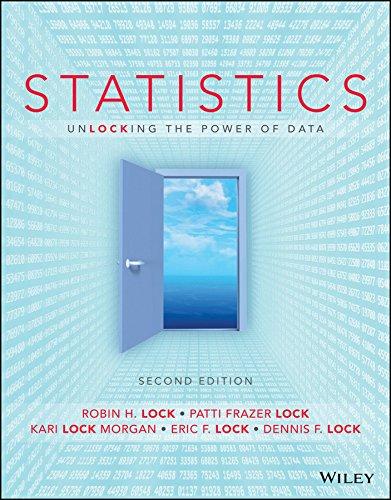The Ignorance Surveys were conducted in 2013 using random sampling methods in four different countries under the
Question:
The Ignorance Surveys were conducted in 2013 using random sampling methods in four different countries under the leadership of Hans Rosling, a Swedish statistician and international health advocate. The survey questions were designed to assess the ignorance of the public to global population trends. The survey was not just designed to measure ignorance (no information), but if preconceived notions can lead to more wrong answers than would be expected by random guessing. One question asked, “In the last 20 years the proportion of the world population living in extreme poverty has . .,” and three choices were provided: 1) “almost doubled” 2) “remained more or less the same,” and 3) “almost halved.” Of 1005 US respondents, just 5% gave the correct answer: “almost halved. We would like to test if the percent of correct choices is significantly different than what would be expected if the participants were just randomly guessing between the three choices.
(a) What are the null and alternative hypotheses?
(b) Using StatKey or other technology, construct a randomization distribution and compute the p-value.
(c) State the conclusion in context.
Step by Step Answer:

Statistics, Enhanced Unlocking The Power Of Data
ISBN: 9781119308843
2nd Edition
Authors: Robin H Lock, Patti Frazer Lock, Kari Lock Morgan, Eric F Lock, Dennis F Lock





